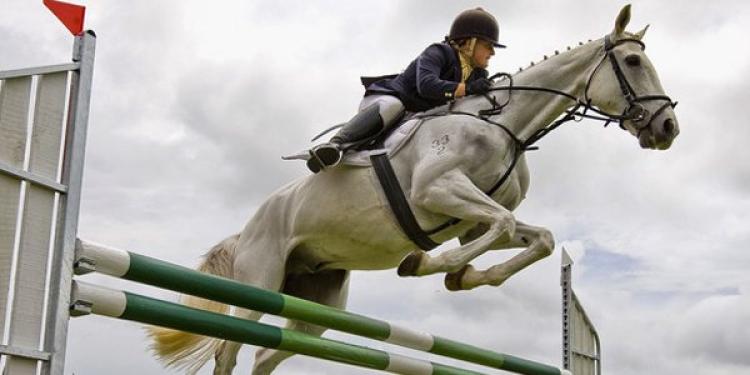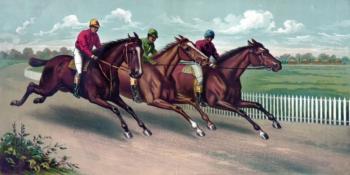Showjumping – the King of Equestrian Sports
Posted: April 21, 2015
Updated: October 6, 2017

The history and rules of showjumping, explaining everything you ever wanted to know about it.
The term equestrian sports collects all sports using horses as a main element. There are two types within, one being where a rider is on horseback and the other being when the animal is pulling some sort of vehicle. Showjumping, Dressage and Eventing are Olympic Disciplines. This article is going to discuss showjumping, that is often considered as the most well known of all. However horse racing is also very popular among those who like to bet on sports in UK.
Showjumping is an elegant sport
Dressage is less objective
The clothing is traditional
It can be said that Showjumping is a fairly new sport. There was no need for horses that could jump fences until the 18th century, when the Inclosure Acts came to force in Britain. Due to the appearance of sudden obstacles in forms of fences, hunters had to look for jump horses.
The first showjumping events were held in France, around the mid 19th century but they were not too popular. The lack of interest came from people not being able to follow the jumpers on their way to complete the jumps.
The first markable event was at Olympia in 1907. At this time the majority of riders were part of the military. It soon became clear that there was no uniformity of any kind when it came to the judges´ marking. Furthermore the events were quite blend, usually consisting of only two jumps. To address those issues a meeting took place in 1923. The conference led to the formation of the British Showjumping Association (BSJA) in 1925. The need for rules accepted nationwide rose in many other countries. As a result national associations were born worldwide. An early form of showjumping first appeared at the Olympic Games in 1900. It reached its current form in the following decade.

Rules and penalties
Compared to many other equestrian sports, Showjumping is rather objective. For example the USA Horse Racing Association warns everyone to only use safeonline gambling sites in the US, in order to avoid taking an extra risk. A penalty of four points will be given for a knockdown or a refusal. A knockdown will only lead to penalty points if there is a change in the jump´s height or width. This means that if the horse only knocks down the middle bar of a vertical jump there will be no point given. A failed attempt to complete a jump is called a refusal. According to current international rules there is only room for one refusal before disqualification. The course designer sets a maximum time frame for the course, if the competitor fails to complete the course in time there will be time penalty points added to his original score. In summary the one with the least faults and the best time wins.
Why the funny clothes?

Many would ask, “Why do riders wear such elegant, but not very sport sufficient clothing?” The riders´ apparel goes back to hunting, which was of course the sport of the wealthy. The breechers have to be white or beige, except for members of the military whom are allowed to wear uniforms. The competitor has to wear a helmet in order to protect himself from all kinds of head injuries suffered from falling. Moreover he has to wear long, usually black boots. The apparel has changed a lot in the past few years with the appearance of new breathable materials, making it easier for the rider to move comfortably on the horse.
How to choose the horse
A great variety can be seen in horses used for the sport. Yet generally the showjumping type would be tall (over 165cm) and of Warmblood or Thoroughbred breeding. This sets a very different standard from the horses you can bet on, using online sportsbook in the UK. Although there is no correlation between the size of a horse and its athletic ability, sitting higher in the saddle makes the jump look smaller. At a Grand Prix level this is of course not an issue but young riders often feel safer on taller horses. There are events for youth riders as well, which they can attend with ponies.
Hall of Fame
The official world record for the highest jump was set by Captain Alberto Larraguibel and his horse Huaso in 1949. The 2.47 meters tall fence is still the biggest jump ever cleared. The record for the longest jump ever made was set in 1975 by a horse named Something and his rider Andre Ferreira. The astonishing 8,40m jump has not been repeated ever since. Showjumping has had many great figures with outstanding results in the last century, like Ludger Berbaum, Rodrigo Pessoa, Michael Whitaker, Michael Robert and many others. Unfortunately it would take a whole lot more than a single paragraph to even try to mention all of their names.












